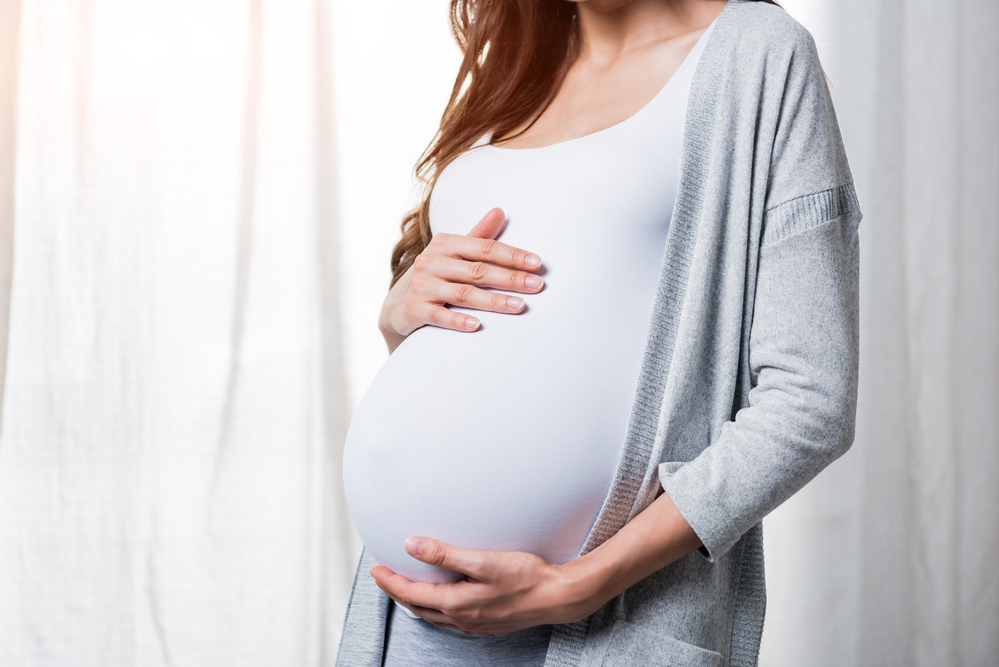By: Jane Kilkenny
That first kick that a woman feels during pregnancy is our earliest sign of the importance of movement. That feeling is so special, it’s the first real physical indication that we have another little human growing inside. Such is the importance of physical movement for our growth, development and long term health.
During pregnancy the baby’s movements are a daily reminder of the joy to come. Even in the later stages of pregnancy when those very movements can cause discomfort it is still part of the anticipation of our child’s birth.
From birth our physical literacy journey begins. This journey needs to be nurtured and encouraged by parents and simple movements provide such joy and fascination for both child and parent. That very first time that your baby grips your finger creates a lifelong bond. Such a small little movement, possibly reflex, still forms part of the connection and joy that is a physical and emotional bond between a child and parent.
Many milestones of development for children are related to movements. Learning to roll over, crawling and walking are all part of our journey and growth through movement. Our bodies are designed to move and our growth and development rely on it. Our skeletal development, bones and muscles rely on the stimulation provided by movement and so do our brains.
The most important aspect of physical literacy development comes from the opportunities and encouragement provided by parents. Children need the opportunities to explore their world from a physical perspective. This is important from a very young age. Being outdoors in nature provides a chance for all their senses to be involved and maximise their development.
As they grow and develop it is important to teach them to explore and learn in their environment. Learning to run, jump, skip, throw and catch are the key fundamental motor skills that can start from a very early age. Learning these skills with physical support from parents is important, and as skills improve the support becomes less physical and more encouragement.
Many children will learn to walk around the time of their first birthday. In that first year there are so many memorable milestones and the foundations that we lay in the early years will impact life- long health.
Encouraging positive movement and creating a positive emotional experience in relation to movement is essential. Encourage activity, play and movement. Be a participant in this journey and lead by example. This is the journey of physical literacy that continues right throughout life. Make movement an important aspect of your lifelong health and happiness and pass this gift on to your child.
You may also like to read:
How a woman’s body changes during pregnancy
How to monitor the intensity of your pregnancy workouts without tracking your heart rate









